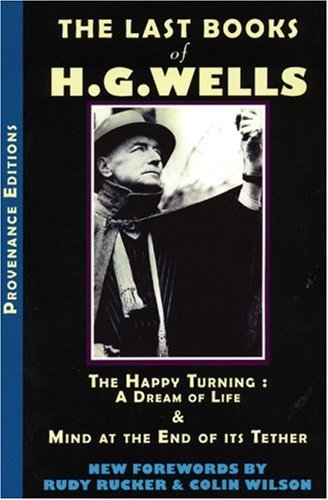
Vertel uw vrienden over dit artikel:
A Modern Utopia
Hg Wells
A Modern Utopia
Hg Wells
Because of the complexity and sophistication of its narrative structure A Modern Utopia has been called "not so much a modern as a postmodern utopia." The novel is best known for its notion that a voluntary order of nobility known as the Samurai could effectively rule a "kinetic and not static" world state so as to solve "the problem of combining progress with political stability. In his preface, Wells forecasts (incorrectly) that A Modern Utopia would be the last of a series of volumes on social problems that began in 1901 with Anticipations and included Mankind in the Making (1903). But unlike those non-fictional works, A Modern Utopia is presented as a tale told by a sketchily described character known only as the Owner of the Voice. This character "is not to be taken as the Voice of the ostensible author who fathers these pages," Wells warns. He is accompanied by another character known as "the botanist." Interspersed in the narrative are discursive remarks on various matters, creating what Wells called in his preface "a sort of shot-silk texture between philosophical discussion on the one hand and imaginative narrative on the other." In addition, there are frequent comparisons to and discussions of previous utopian literature. In terms of Northrop Frye's classification of literary genres, A Modern Utopia is not a novel but an anatomy.
| Media | Boeken Paperback Book (Boek met zachte kaft en gelijmde rug) |
| Vrijgegeven | 26 april 2018 |
| ISBN13 | 9781717347237 |
| Uitgevers | Createspace Independent Publishing Platf |
| Pagina's | 276 |
| Afmetingen | 152 × 229 × 15 mm · 371 g |
| Taal en grammatica | Engels |
Meer door Hg Wells
Bekijk alles van Hg Wells ( bijv. Paperback Book , Hardcover Book en Pamphlet )










![Cover for Hg Wells · The Invisible Man (Paperback Book) [Large Print edition] (2020)](https://imusic.b-cdn.net/images/item/original/267/9798621913267.jpg?hg-wells-2020-the-invisible-man-paperback-book&class=scaled&v=1638907582)





